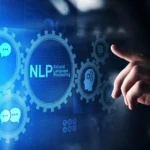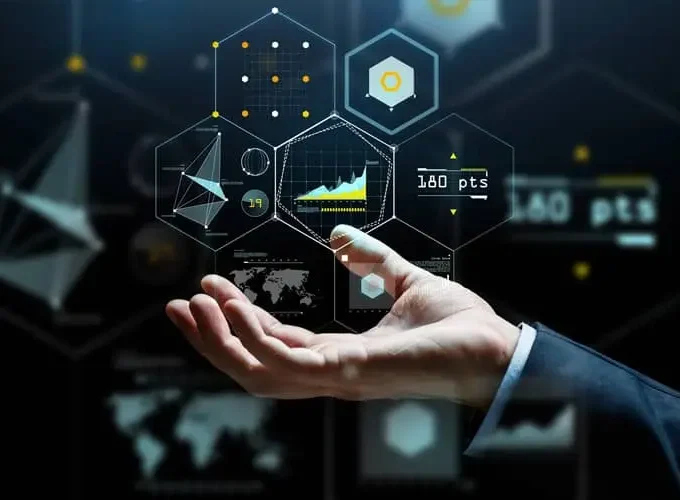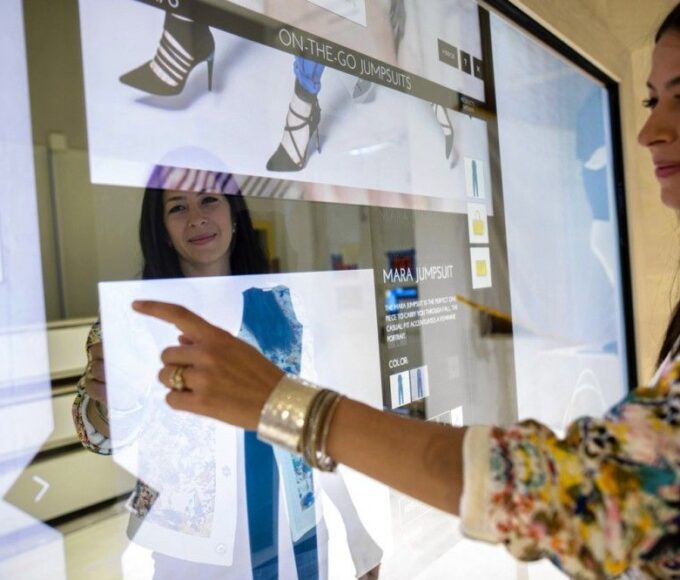The vast expanse of outer space, often referred to as the “final frontier,” is increasingly cluttered with space debris, posing a growing threat to satellites, spacecraft, and even future space missions. To address this issue, innovative technologies like IoT are playing a crucial role in monitoring and mitigating the risks associated with space debris.
The Space Debris Challenge
Space debris consists of defunct satellites, spent rocket stages, fragments from previous collisions, and other discarded objects in Earth’s orbit. There were over 27,000 pieces of space debris larger than 10 centimeters and countless smaller fragments as of 2022. This growing cloud of debris poses a severe risk to both crewed and uncrewed missions, as even a small piece of debris traveling at high speeds can cause catastrophic damage to spacecraft.
Monitoring Space Debris with IoT
IoT, a network of interconnected physical devices and sensors that collect and exchange data, is revolutionizing the way we monitor and manage space debris. Here’s how IoT is making a difference:
Space-based Sensors: In space, satellites equipped with IoT-enabled sensors are tracking and monitoring the movement of space debris. These sensors provide real-time data on the position, velocity, and trajectory of debris, allowing for more accurate predictions and collision avoidance maneuvers.
Ground-based Tracking Stations: Ground-based tracking stations use IoT technology to monitor the skies for incoming space debris. These stations are equipped with advanced radar and telescopic systems that collect data on the debris’s location and movements.
Data Fusion and Analysis: IoT devices collect vast amounts of data from various sources, including satellites, ground stations, and telescopes. Space agencies and organizations employ machine learning and data analytics to process and analyze this data, enabling them to make informed decisions to protect satellites and spacecraft.
Collision Avoidance: IoT-enabled systems can quickly calculate potential collision risks and recommend trajectory adjustments for operational satellites and spacecraft. These systems are critical for avoiding catastrophic collisions in space.
Space Traffic Management: Space agencies and organizations use IoT technology to track and manage the increasing traffic in space. This includes coordinating launches and orbital trajectories to minimize the risk of collisions and congestion.
Challenges and Future Developments
Increasing Debris: The number of space debris objects continues to grow, making monitoring and management increasingly complex.
International Cooperation: Space debris is a global problem that requires international collaboration to develop standardized monitoring and mitigation strategies.
Sustainable Solutions: IoT can also play a role in developing and guiding space debris removal missions.
Cybersecurity: As space systems become more interconnected through IoT, we must address cybersecurity threats to prevent unauthorized access to critical space infrastructure.
IoT technology is transforming the way we monitor and manage space debris, helping to safeguard our vital space assets and missions. One cannot overstate the importance of effective space debris monitoring.
Through continued innovation, international collaboration, and sustainable practices, we can ensure that the final frontier remains accessible and safe for generations to come. IoT is not only monitoring space debris but also shaping the future of space exploration and sustainability.
















Leave a comment